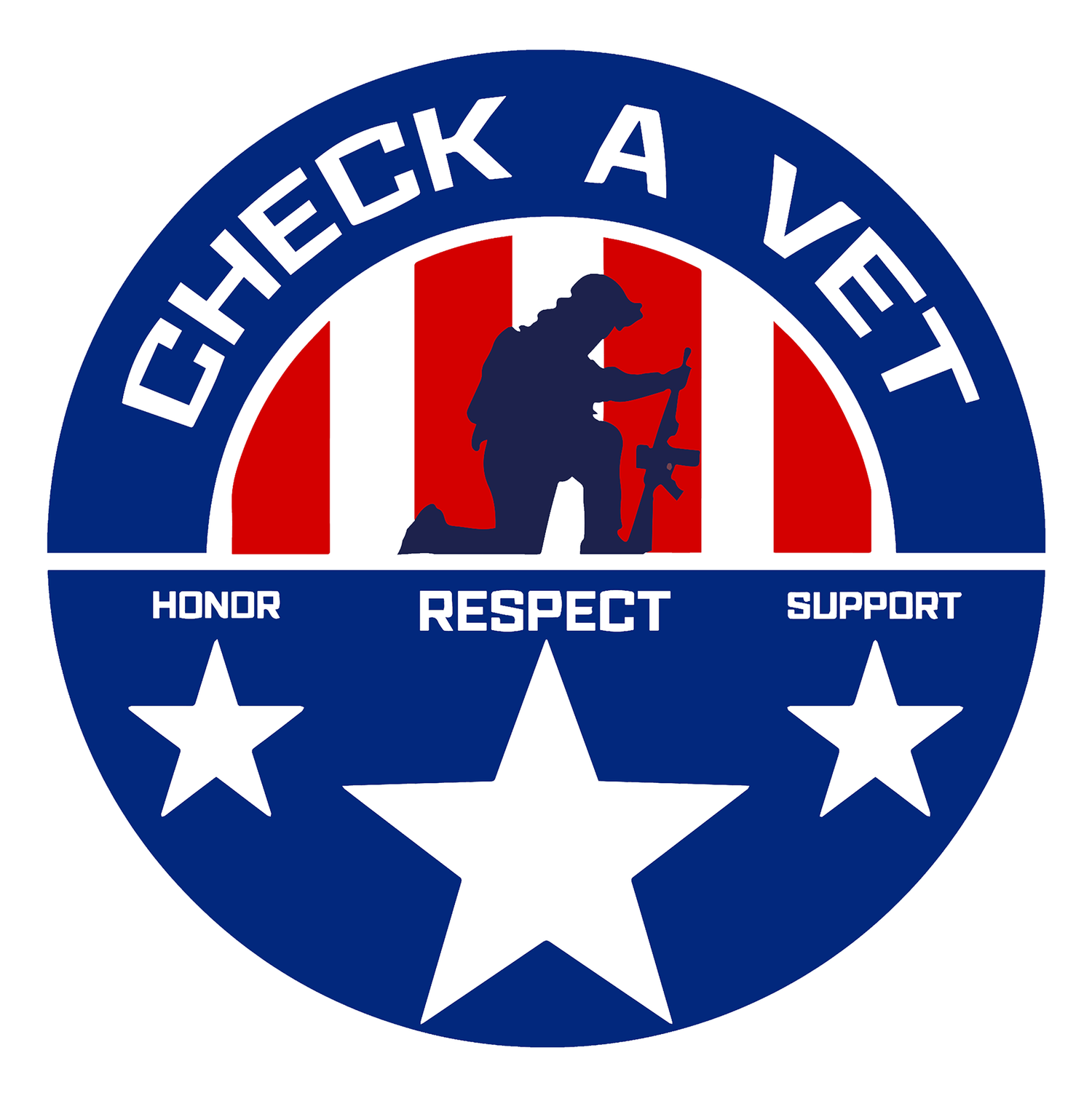
Suicide Safety Plan
Ways that we can help keep a Veteran safe
Friends, Loved Ones and Caregivers Are Advocates. Caregivers are key members of the Veteran’s care team. Maintaining communication with other health care providers is an important part of providing the Veteran the best care possible.
Attend appointments
Ask questions
Track medications
Make lists and schedules
A Safety Plan should include six steps
1. Assess the warning signs (on Suicide Risk and Protective Factors page):
“When should the safety plan be used?”
2. Identify internal coping strategies: “What can I do to take my mind off my problems without contacting another person?”
Take a walk or engage in some other form of exercise.
Develop a healthy hobby, such as fishing or painting.
Journal your thoughts and feelings.
Relax with meditation or try yoga.
Find peaceful focus through spirituality and prayer.
3. Connect with people and go to public places that provide distraction: “Are there people I can talk to or places I can go for a positive distraction from my suicidal thoughts?”
Go to the gym.
Visit a coffee shop.
Take a walk in the park.
Check on a friend or neighbor.
4. Make a list of people who can be contacted for help: “Who can I call, text, or visit to get emotional support?”
Call a trusted friend or family member.
Speak with a spiritual or religious adviser (priest, pastor, rabbi, imam).
5. Make a list of professionals or agencies that can be called during a crisis: “Do I have any health care providers, counselors, or other professionals I can call for help?”
Call a therapist.
Call the Veterans Crisis Line (1-800-273-8255 and Press 1).
Call a doctor’s office.
6. Make the environment safe: “Is there anything I’ve thought of hurting myself with that should be removed or given to someone for safekeeping?”
Check the environment for unused medications that can be recycled or secured.
Secure firearms separate from ammunition.
Give potentially self-harming object(s) to a trusted adult for safekeeping.
Remove alcohol or other substances that may pose a risk.
Post a completed safety plan where it is easy to find and share it with trusted family, friends, neighbors. To learn more about the importance of creating a safety plan that is tailored to individual or family needs and can support Veterans and loved ones in the home who may be in crisis.


